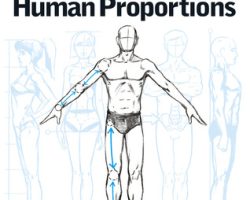
How To Turn Photos Into 3D Art
Do you have a bunch of 2D photos that you would like to turn into 3D art? It’s actually quite easy to do with the right tools. In this blog post, we’ll show you how to turn photos into 3D art using the popular 3D printing program, Tinkercad.
First, you’ll need to sign up for a free Tinkercad account. Once you’re logged in, click on the “Create New Design” button.
Next, you’ll need to upload your 2D photo. To do this, click on the “Import” button and select your photo from your computer.
Once your photo is imported, you’ll need to resize it. To do this, click on the “Edit” button and then click on the “Resize” option.
Now that your photo is the correct size, you’ll need to convert it to a 3D object. To do this, click on the “Create” button and then select the “3D from 2D” option.
Tinkercad will automatically convert your 2D photo into a 3D object. All you need to do now is click on the “Export” button and select the “STL” option. This will save your 3D object as an STL file which you can then upload to a 3D printing service or print on your own 3D printer.
In the past, creating three-dimensional art required a lot of expensive equipment and materials. Today, with the advent of digital technology, artists can create 3D art using nothing more than a camera and some software.
Here’s a quick tutorial on how to turn your photos into 3D art:
Step 1: Choose your subject matter
When choosing a subject for your 3D art, it’s important to pick something that has a lot of visual interest. This could be a person, a landscape, or even an inanimate object.
Step 2: Take multiple photos
To create a 3D image, you’ll need to take multiple photos of your subject from different angles. The more photos you take, the better.
Step 3: Upload your photos to a computer
Once you have your photos, upload them to a computer. You’ll then need to use some software to stitch them together into a single image.
Step 4: Export your image as a 3D file
Once you’ve created your 3D image, you can then export it as a file that can be viewed on a computer or printed out.
And that’s all there is to it! With just a camera and some software, you can easily create stunning 3D art.


